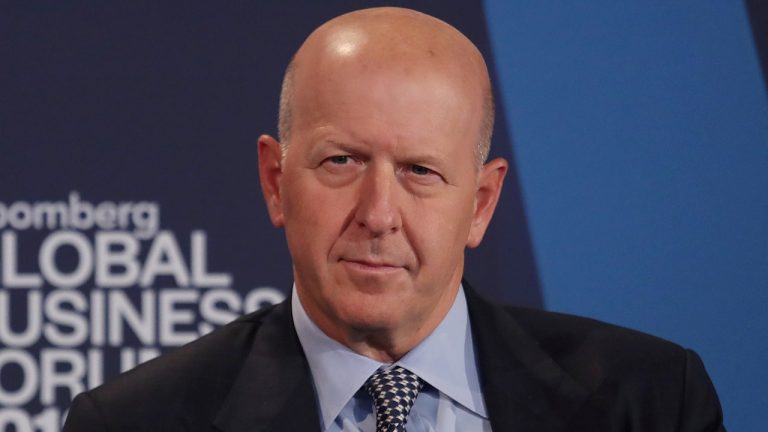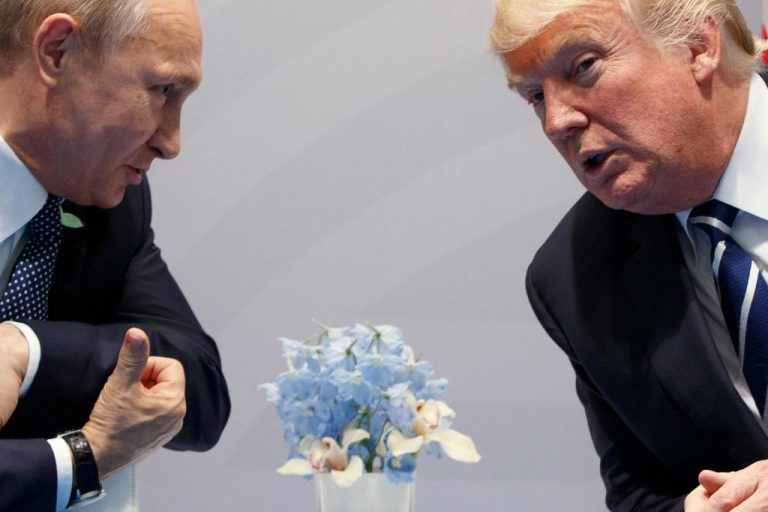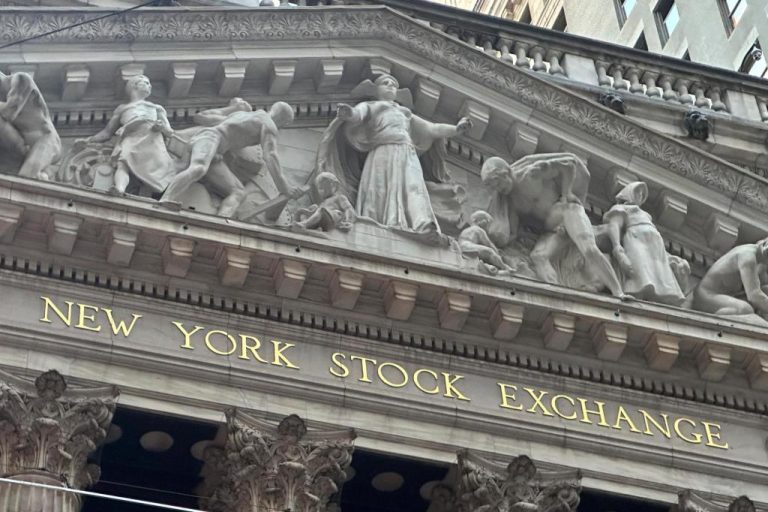
Posted January 5, 2024 at 2:03 pm EST.
At the dawn of every new year, Web3 true believers and tea leaf readers line up to declare that we at last stand on the threshold of the economic revolution that the sages of crypto promised in the early days of blockchain.
Despite those start-of-the-year promises, the past couple of years have seen a relatively modest advance toward the mainstreaming of crypto.
While I believe that revolution will come — that we will one day have a financial system that is open, democratic and free from central control — we’re not there yet. And if we are going to reach that utopia, the industry will need to relinquish its all-or-nothing approach and make some compromises. At least for now.
Although mass adoption may not happen in 2024, the new year will bring steps in the right direction.
Crypto will bloom again
First, it seems clear that we have entered a new crypto bull market. After a dismal start to 2023 brought to us by the FTX and Alameda implosions, prices and liquidity picked up sharply in the autumn.
The uptick in sentiment was helped along in December by a brightening macroeconomic picture, and signals from the Federal Reserve and other major central banks that they are done raising interest rates.
A crypto spring will bring with it a fresh influx of users, who will inject even more liquidity into the market and add energy to token price rallies.
The interest of mainstream investors will be further piqued once the U.S. Securities and Exchange Commission at last gives its long-anticipated blessing to the multitude of applications for spot Bitcoin Exchange Traded Funds (ETFs) sitting in its waiting room – a decision expected as early as mid-January.
Finally, there is the spring halving of Bitcoin output, which will reduce supply and push up BTC prices further. While Web3 experts know Bitcoin isn’t DeFi, mainstream users regard them as one in the same, so upbeat Bitcoin news will benefit broader crypto.
I also anticipate that, while resisting a full embrace of crypto for reasons outlined below, institutions will continue to experiment with decentralized technology in the new year.
DeFi can make self-improvements
Still, given crypto’s negative press and humanity’s innate resistance to change, much more needs to happen for widespread crypto adoption to become reality.
The first of these is that user experience must improve drastically. Interfaces across DeFi remain clunky and hard to use for the uninitiated.
If we are to see similar user numbers in DeFi that we see in traditional finance, we need to get to the point where crypto tech is almost invisible to investors – where they just type in their usernames and passwords, unaware there is crypto under the hood.
Secondly, we need clear evidence of improvements in security. One of the main reasons retail and institutional investors stampeded for the exits in 2022 was the record $3.8 billion of crypto stolen by thieves exploiting protocol vulnerabilities.
The good news is this is already underway. The tools are getting better, security auditing is getting more stringent and the volume of hacks has fallen markedly.
Paradoxically, the hacks of 2022 helped speed this improvement. Just as every plane crash makes the industry safer as investigators pinpoint the reasons behind them, by exposing flaws to the public eye, hacks encourage projects to shore up defenses.
Account abstraction, an innovation introduced by the Ethereum team in March 2023 that allows the creation of extra-secure smart contract wallets, will both help reduce hacks and scams and improve user experience.
One hard-to-predict event that could swing public opinion strongly in crypto’s favor would be the arrival of a breakout crypto-powered product that the whole world needs – or at least wants.
An addictive game – this generation’s Angry Birds or Super Mario Brothers, say – would do the trick. The game would need to be so cleverly designed that players would be unaware of the crypto scaffolding that is unlocking features never seen before.
We have already seen successful appeals to the mainstream user from new blockchains like Base and Blast, which both generated buzz with their sharp marketing campaigns in 2023. More launches like these could help pave the way to the future.
Governments can assist, too
Finally, we need regulatory clarity.
Institutions will remain largely crypto-shy until government watchdogs give the sector their blessing. A regulatory green light will also soothe retail investors alarmed by the string of disasters in 2022.
Around the world, jurisdictions are laying their cards on the table with regard to crypto oversight. The European Union is leading the way with the Markets in Crypto Assets framework (MiCA), the most comprehensive set of regulatory proposals around, while the UK is jockeying to be the world’s new crypto hub.
Unfortunately, the United States is unlikely to follow suit in an election year.
Given the number of pieces that need to fall into place to ensure mainstream adoption, it seems clear 2024 is unlikely to be the turning point many hope. But we will get there.
Compromise is key
To ensure the ecosystem logs enough growth in the meantime, we need to make a few smart compromises.
There may come a day when regulators work with crypto instead of against it. Until then, we need to meet regulators where they are and incorporate the centralized elements needed to achieve compliance.
This may not be music to the ears of those Web3 hardliners who take an all-or-nothing approach to regulation, even at the expense of DeFi growth.
But in the end, we need to ask ourselves what we want DeFi to achieve. We want it to create value for users. We want it to enhance financial inclusion. And we want it to lower costs and ease the path to wealth creation for everyone.
If we want to start achieving those ends now and not in a decade, we need to choose our battles.
At the end of this journey lies a financial system very different to today’s – one that is democratic and borderless and secured by cryptography. Its users will be a generation raised to understand that digital assets can be as valuable as physical ones, and that relishes freedom from gatekeepers who dictate economic realities.
I for one cannot wait for that future. But with a little flexibility, I believe the journey will be great too.
Ramon Recuero is cofounder and CEO at Kinto. Previously, he founded Babylon.finance, a DeFi protocol that reached more than $50M in AUM. Before that, he worked at Y Combinator, building products and helping founders, and built apps and games for Moz, Google and Zynga. Earlier in his career, he founded Netgamix, a user generated trivia platform that reached more than 100K MAU.





